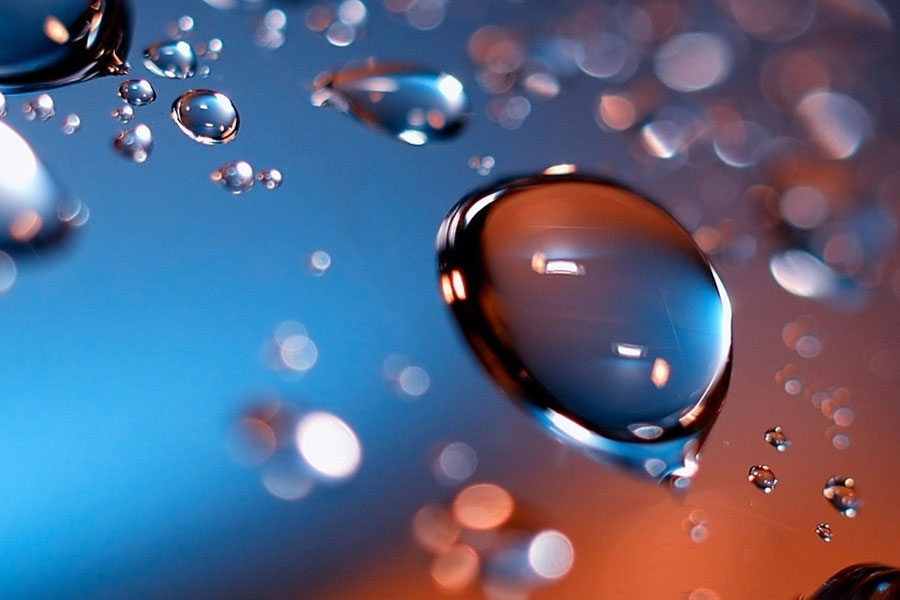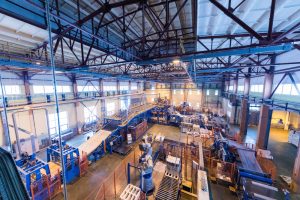Often in critical work areas, natural or mechanical ventilation is insufficient for the correct circulation of oxygen, and even more so in environments with high thermal stress and high staff influx. In this sense, humidification and nebulization become a very relevant issue, especially if work efficiency is required to avoid absence due to illness. Workers need a quality of life similar to that which they have at home.
Industrial safety and hygiene cover key points for the detection and control of various problems that can arise in important work environments. The general manager and floor managers must be familiar with these very relevant concepts. Here are some clear examples.
Indoor air quality to avoid contamination
Not only does outdoor pollution affect an industrial warehouse or building complex, but also the contamination of machines and tools used indoors. In addition, if there is a poor air flow between areas, the ventilation and extraction components must be checked, which could put indoor air quality at risk. All contamination factors must be well detected by the person in charge of cleaning and safety, and consequently, action must be taken to purify respirable oxygen, either through humidifiers, sanitization, and processes to improve indoor air quality. If this is neglected, then all the dust and gases that accumulate will result in health problems for workers and civilians inside the building, with chronic cough, nausea, and headaches being the most basic symptoms of such a problem. In addition, it should not be forgotten that the combination of dirt and gases could lead to accidents, especially in machine areas or where specialized and flammable equipment is handled.
Ventilation is essential to guarantee fresh air in any work area with a lot of human presence. In this sense, the specialized industrial hygienist must give his opinion about the HVAC systems and their respective filters, and see if these work correctly or will need urgent maintenance, and even, with the possibility of renewing these systems, either through industrial nebulization as part of the air conditioning in warehouses and buildings.
Control and elimination of biological hazards with humidifiers and purifiers
All living microorganisms such as fungi, viruses, and bacteria will put the integrity of collaborators at risk in a business environment, with chronic diseases and even serious infections. The risk is more inherent with people who work with animals and the same laboratory workers. Therefore, the industrial hygienist together with managers and floor managers, must set the guidelines to isolate these dangers and eradicate them, through excellent ventilation and purifying cleaning with nebulization or ionization.
Humidity and temperature control in industrial warehouses and buildings
Thermal stress is another relevant issue in any business environment. The occupational health and safety officer must anticipate and analyze the areas most prone to high and low temperatures, as well as their fluctuations derived from air conditioning, natural ventilation, and humidification. For example, in the construction sector, even when outdoors, exposure to high temperatures, plus contamination due to the nature of the operations, create a very risky combination for anyone. In these places, the presence and use of humidifiers are essential to cool the environment and also eliminate any level of pollution that poses a risk to workers, especially when there is the presence of dangerous dust, such as metals and crystalline silica.
The same goes for those areas that are prone to low temperatures, where the heating must be on point, so that, in its operation, it provides the warm and healthy air that the work environment needs.
Avoid chemical exposure
Chemical vapors and gases are always high risk in closed places. This systematically, through small but constant inhalation of these chemicals, will lead to serious illnesses. In this regard, the person in charge of occupational health and safety must determine which chemicals should be considered and, to the extent possible, allow said person to eliminate the most dangerous chemicals, including those used in cleaning through humidifiers or sanitizing systems.




